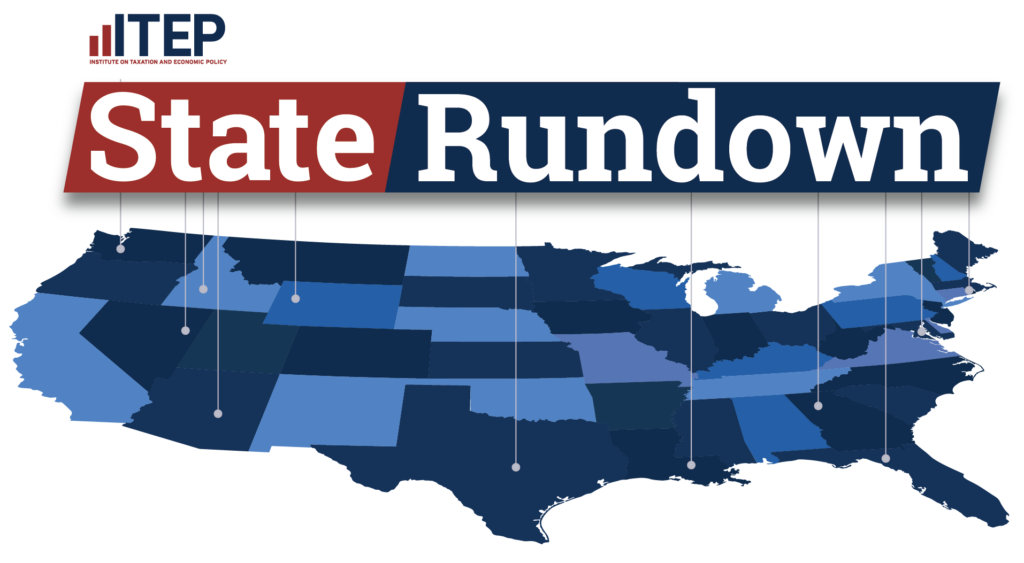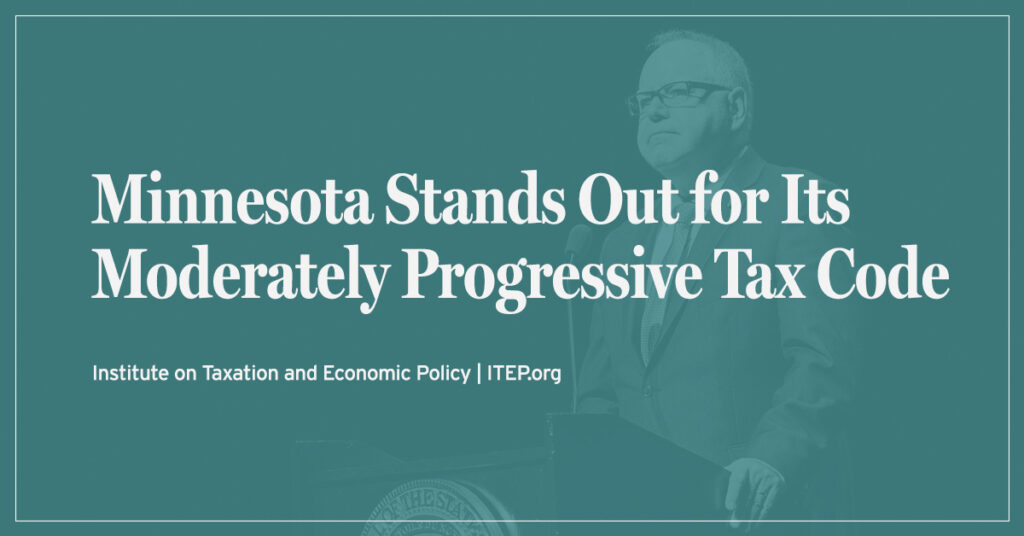by Conrad Defiebre
January 5, 2012
On July 1 this year, Minnesota’s highway fuel tax will go up a half-penny to 28.5 cents a gallon, the last of seven phased increases that began in 2008. Absent legislative action, it won’t go up again — ever. Before you raise a cheer, let’s consider what that may mean for the safety, comfort, efficiency and even the cost of driving in the long run.
Unlike the major government levies on income, property and sales, excise taxes based on gallons of fuel do not automatically adjust for inflation. When prices of everything the gas tax buys — bridge and pavement materials, land for highway right-of-way, construction labor — go up, revenues for those goods stay put. Lately, fuel tax collections are actually in decline because of improved fuel economy and a long-term trend toward less driving.
This results in tax cuts on autopilot and increasing subsidies from general taxation, which is no way to finance a transportation system. Look no further to explain our deteriorating roads and official Minnesota projections of three times as much state highway pavement rated as poor in the coming years. Don’t blame it on subsidies for transit, bicycling or anything else, either. Minnesota motor vehicle fuel and registration taxes are constitutionally dedicated solely to highway purposes.
Meanwhile, the coming tax hike at Minnesota pumps will be virtually invisible amid much larger fluctuations in gasoline market prices. For the average driver, the added monthly outlay will be 22 cents (Ouch!??). The entire four-year phase-in will bring the average extra hit to $3.67 a month, about the cost of single latte. And Minnesota fuel taxes will still be below the national and Midwest averages.
Now compare those extra highway user fees with the hidden costs of inadequate road capacity and maintenance: well over $1,000 a year in losses for the average driver because of wasted time and fuel in congestion plus added vehicle repairs.
Minnesota first enacted a motor fuel tax of 2 cents a gallon in 1925, about 10 percent of the pump price then. Over the next six decades, the levy was raised 10 times, usually without controversy. The state was building a web of roads and bridges that now stretches for more than 130,000 miles, a massive public works project that drew support from nearly every corner of the political spectrum.
Then things changed. Substantial completion of the Interstate highway system in the 1980s lent a sense of mission accomplished to the 20th century’s historic expansion of motorways. Simultaneously, a near-religious devotion to no new taxes no matter what gripped the right wing. After reaching 20 cents a gallon in 1988, Minnesota’s gasoline tax was stuck in neutral for the next 20 years, losing nearly half its buying power to inflation.
It took the deadly collapse of the Interstate Hwy. 35W bridge in August 2007 to move transportation funding to the top of the State Capitol agenda. In February 2008, the Legislature overrode Gov. Tim Pawlenty’s veto of a bill that hiked the gas tax 8.5 cents a gallon over four years. Most notably, this paid for a nation-leading program to repair or replace scores of unsafe bridges across Minnesota.
But no good deed goes unpunished by some conservatives. They drove four of their own who voted to override the veto from office in the House and tried to oust two others, branding them “tax bandits.” That sentiment, writ large across the country, has even President Obama swearing off an increase in federal fuel taxes, which haven’t budged since 1993.
Inflation has shrunk the 18.4-cents-a-gallon federal gasoline tax by more than a third in real terms. With declining revenues at the pump, Washington has been deadlocked for two years over reauthorizing federal transportation programs. Rather than raise fuel-based user fees, Congress bailed out the Highway Trust Fund with more than $70 billion in general revenue transfers over 18 months from 2008 to 2010. By comparison, federal general fund subsidies for transit total just $2.4 billion a year.
As roads and bridges age, a renewed focus on user fees from motorists will be required to finance needed maintenance and rebuilding. There’s no appetite for that evident now, even as highway user funding remains on a long national decline, pegged by Pew Subsidyscope at just 51 percent of all government spending on roads, streets and bridges.
In fact, the United States is the only one among the world’s top 34 industrial nations that doesn’t fully fund roads with fees on driving. And a new report from the Institute on Taxation and Economic Policy (ITEP) says state and federal fuel taxes now produce $33 billion a year less than their original revenues when adjusted for inflation.
Unfortunately, it’s an iron law of economics that you get what you pay for. Come July 1, the incredible shrinking gas tax will begin its disappearing act again in Minnesota. Sometime in the next 20 years our policymakers should fix this recurring problem for good.
Despite the buzz you may have heard, mileage fees probably won’t be the solution anytime soon. A Minnesota state task force that recently endorsed the concept also urged no “full-scale implementation … until concerns are satisfactorily met,” including thorny technological, operational and enforcement issues as well as privacy worries. In addition, members of the task force from the Minnesota Chamber of Commerce and the Minnesota Trucking Association offered a written dissent, saying mileage fees shouldn’t even be considered.
Their views as transportation stakeholders will be highly influential. Both groups’ national organizations have long urged raising fuel taxes instead. So have automakers and even the petroleum lobby.
The ITEP report, “Building a Better Gas Tax: How to Fix One of State Government’s Least Sustainable Revenue Sources,” concurs. It recommends raising fuel taxes to restore adequate buying power, perhaps triggered when gas prices fall. It also calls for future automatic hikes linked to pump prices, the Consumer Price Index or road construction and maintenance costs, any of which would shield highway revenues from inflation like most other taxes. Finally, it urges reducing gas tax regressivity with refundable tax credits for low-income motorists. A similar measure was in Minnesota’s 2008 enactment, since repealed to help balance the budget.
These are excellent ideas for Minnesota to consider. With any luck, the debate will begin in earnest before another 20 years go by.





